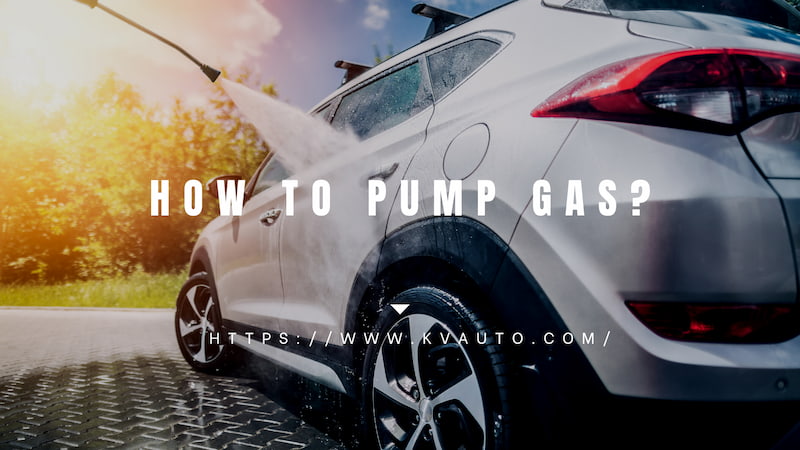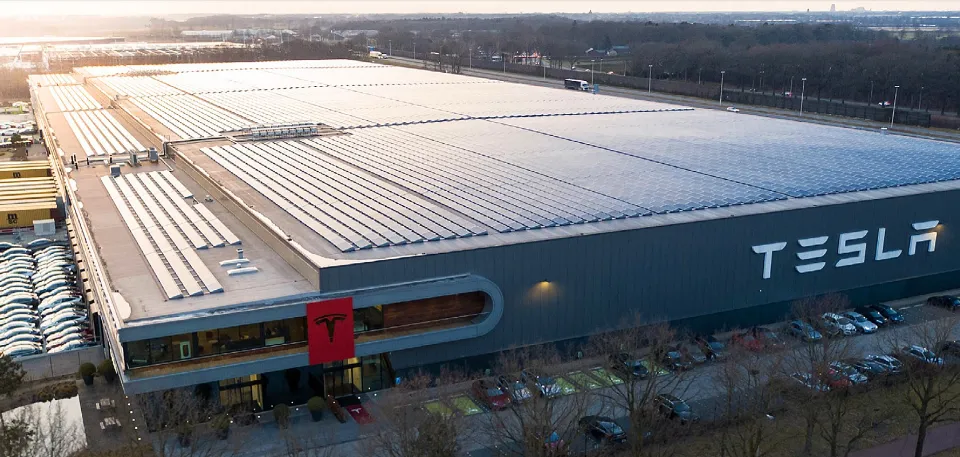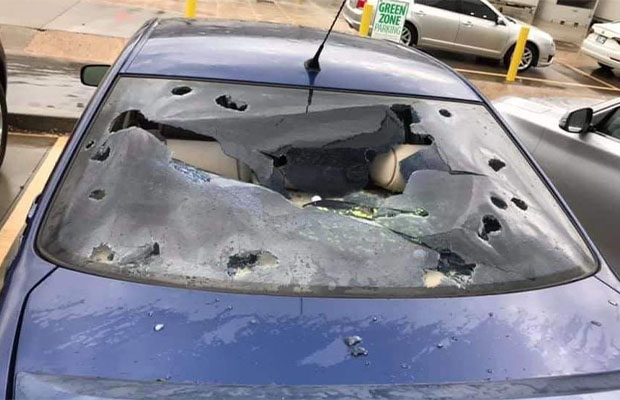The same goes for learning how to pump gas. This is something every teenager will need to figure out before they get their license.
Just check the right gas to use, park at the pump, turn off the engine, select the gas, pump the gas, and return the gas gun.
Why not begin learning today? Keep reading.
How to Pump Gas?
There will be no need for drivers to pump their own gas at stations with attendants. They can simply leave this to the attendant, and then pay for the gas when the attendants are done.
However, drivers will have to pump their own gas at self-service gas stations. If you’re not familiar with this process and find it intimidating, follow these steps:
Check the Right Gas to Use
You should first determine which type of gas is best for your car.
This information can be obtained from your manufacturer, your car manual, or from a mechanic.
You must locate a gas station that sells the type of fuel your car requires in order to fill your car with the necessary amount of gas.
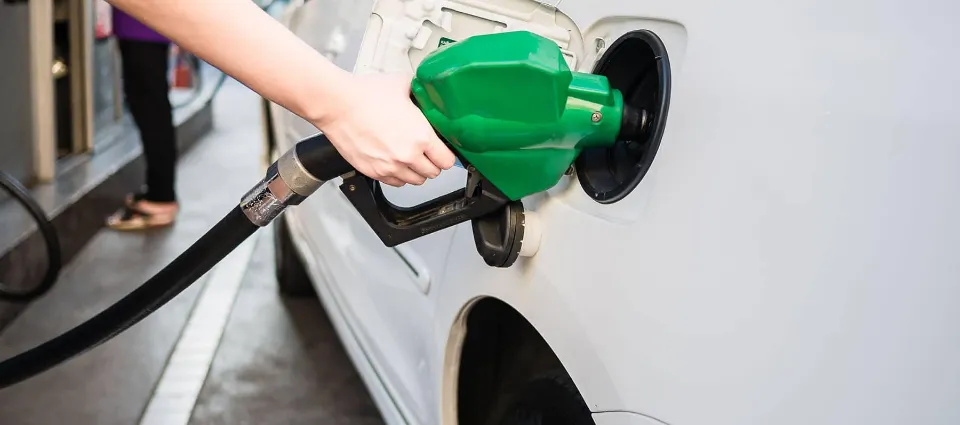
Park at the Pump
Make sure you are aware of which side of your vehicle the gas cap is located. The next step is to park your car so that the gas cap is close to the pump.
On the dashboard of many vehicles, there is a picture of a gas pump with an arrow pointing in the direction of the gas cap. If you do not have this feature, you will need to get out of the car to look for the cap.
Turn Off the Engine
For safety reasons, it’s important to turn off your engine before refueling.
To reduce the risk of fire and prevent spills, vehicles must be stopped at gas pumps. Static electricity can accumulate and start a fire when a car door is repeatedly opened and closed.
In addition, a car’s sensors may report a leakage due to the change in pressure in the gas tank. The car’s design may have an impact on this.
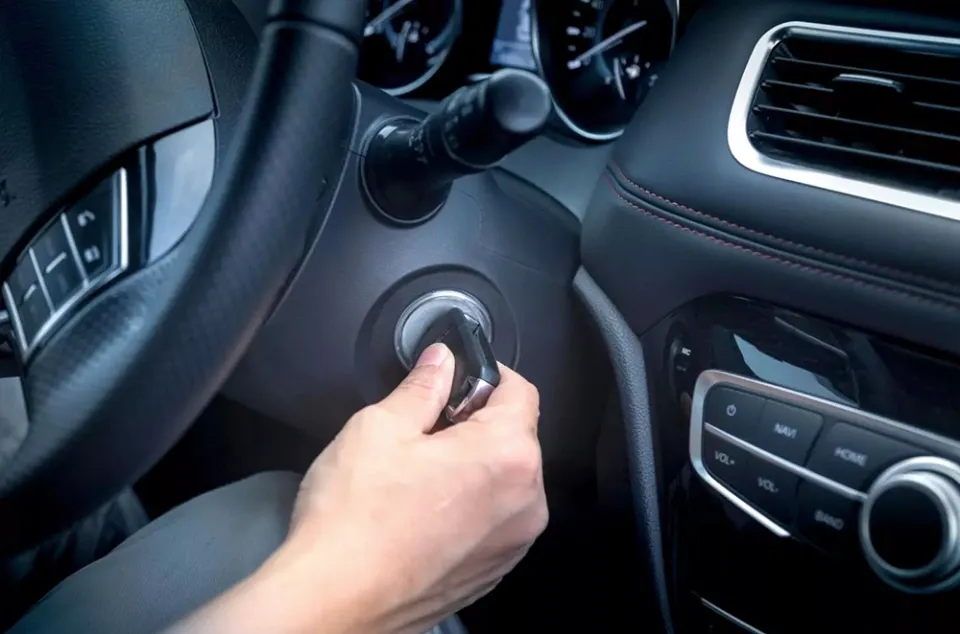
Select the Gas
Typically, drivers must pay for gas before choosing a type.
Although it is occasionally necessary to pay for gas in advance inside the gas station, you can typically do so with a credit or debit card at the pump.
You’ll need to do this by inserting or swiping your card into the reader and following the on-screen directions. Gas prices will undoubtedly vary from state to state, so keep that in mind.
Regular, plus, and premium unleaded gasoline are the three standard varieties. The majority of vehicles can run on regular fuel, while high-performance vehicles are better off using premium. Typically, diesel can be found at a different pump.
Pump the Gas
To start with, you must open the gas tank’s door. There might be a button to do this on the driver’s side, close to the dashboard. If not, it may be physically opened outside the vehicle.
The gas tank cap then needs to be unscrewed. In your car’s gas tank, take out the fuel dispenser, also known as the gas nozzle, from the gas pump.
To keep the gas flowing, squeeze the trigger on the gas nozzle and hold it there. In order to allow you to remove your hand, there might be a lock to keep the trigger in place.
There ought to be a running counter at the gas station that shows how much gas you’ve used and how much it has cost you thus far.
When the tank is full, gas dispensers typically turn themselves off automatically. Alternately, you might be able to specify at the gas pump how much you want the tank to be filled to.
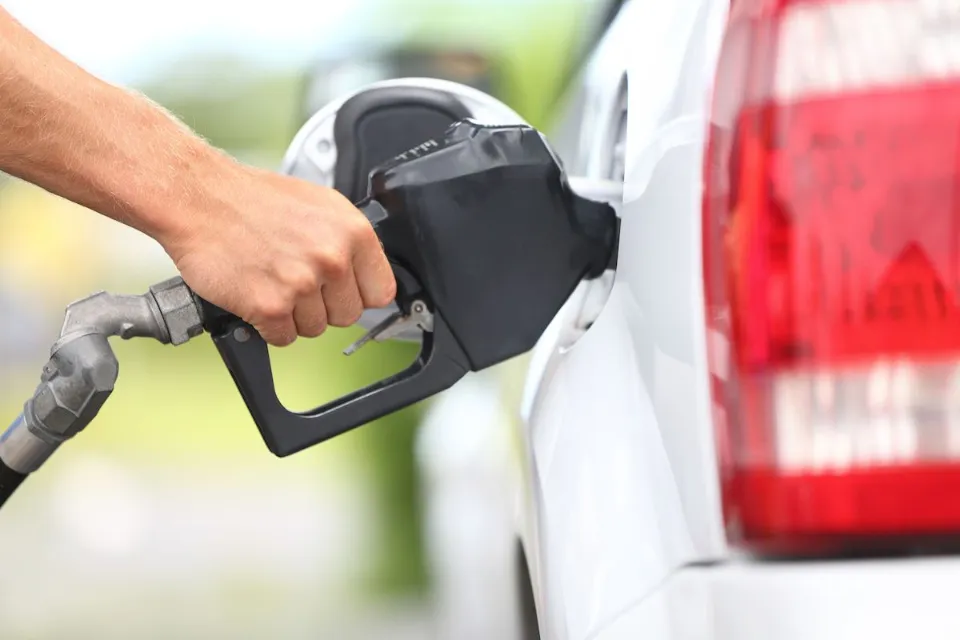
Return the Gas Gun
Remove the fuel dispenser from the gas tank and return it to the gas pump. Screw the cap back tightly on the gas tank and close the gas tank door.
You are now prepared to leave after collecting your receipt, if necessary.
Here is an instructional video that shows the normal procedure for pumping gas.
Safety Advice
Fuel stations are always at risk of fire because gasoline is so highly flammable. For this reason, it is important to follow safety advice very closely.
PEI is the authority for fuel and fluid-handling equipment. It has received reports of almost 200 fires while refueling since the 1990s caused by static electricity.
The movement of drivers getting out of their cars causes static discharge. Before filling up with gas, it’s a good idea to touch the metal body of the vehicle to ground the charge.
Smoking or using any source of ignition is also strictly prohibited. Be careful to avoid gas spillages by overfilling the gas tank.
Children should be kept away from gas pumps, and those refueling should avoid gas vapors.
Last but certainly not least, be very careful to keep gas away from your eyes and skin!
Tips
Avoid filling up at stations that a tanker has just filled up. In the fuel tank at the gas station, the pumping of fresh gas may cause sediment and sludge at the bottom to be stirred up and rise to the top. That is not something you want in your tank.
In order to avoid having to hold onto the trigger while holding it, there is typically a small latch close to the trigger that keeps the trigger open. Gas pumps automatically shut off when your tank is nearly full, so don’t worry about overflows.
Fill up your tank first thing in the morning while the weather is still cool. Gasoline vapors expand as the temperature rises, causing you to pay more for gas than it will seem to be when it cools down.
Warnings
Before you start to pump gasoline, always put out your cigarette. An explosion may occur if the flame comes into contact with gasoline fumes.
In some US states, including New Jersey and Oregon, you are not permitted to fill up at the pump on your own.Prior to visiting another state, make sure you are aware of the regulations.
Why is It Safer to Turn the Car Off?
Because gasoline is so flammable, accidents frequently happen at gas stations. In its liquid form, gasoline is very hard to ignite and requires a catalyst to fire up, but in its vaporous state, it can ignite at even -9.4 degrees Fahrenheit.
Vehicles are to blame for more than half of all fires classified as gas station fires when static electricity ignites gas vapors. Highly explosive gasoline vapors are thick and densely settled over gas station surfaces. It might seem unimportant to just open the gas cap and refill. Nonetheless, it involves the open escape of numerous vaporous gasoline particles, raising the possibility of spark ignition.
Moreover, gas stations catch fire due to static electricity. Always touch something to discharge any static electricity before using the gas pump when you’re ready to do so. If you don’t, there’s a chance that when you take the nozzle off, static electricity will discharge and start a flash fire.
How to Avoid Disaster and Safely Pump Gas?
While there is a small chance of a major fire, you must keep in mind that gas stations are public spaces. There are likely to be other people and cars nearby that you put at risk when you leave your car turned on. Try not to test out those “turn the engine off” and “don’t smoke” signs. Let’s take a look now at some steps to safely refuel your vehicle:
- Don’t park too close or too far from the gas station; just the right distance.
- Unplug any charging devices and turn off the engine.
- Open the gas tank lid, usually through a button inside the car.
- Now unscrew the fuel cap and unlock the gas tank’s cap.
- Fill the tank to capacity by safely inserting the nozzle inside.
- Put the nozzle securely back on the tank after filling it up.
- Screw the cap tightly and turn the lid off.
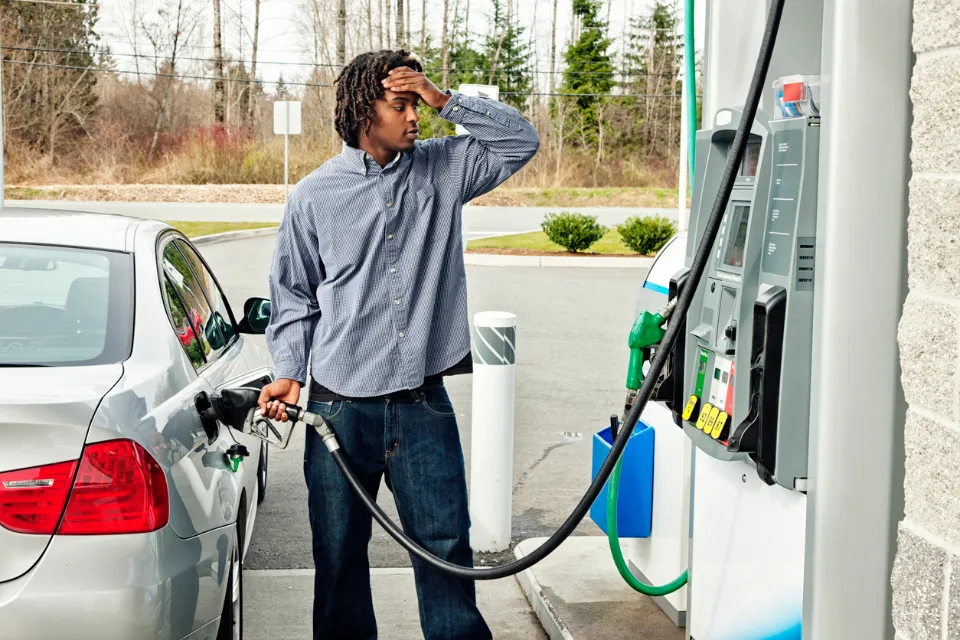
FAQs
How Do You Set the Pump at a Gas Station?
The cashier can pre-authorize a smaller transaction at many gas stations. If you’re worried about the hold, rather than swiping your card at the pump, go inside and ask the cashier for a set amount – say $30 – from the pump you plan to use. They are able to pre-authorize only that sum.
Should You Squeeze Gas Pump?
The bottom line is that topping off your car can be problematic and dangerous for both you and your vehicle. Your best bet is to stop pumping when the fuel pump clicks off.
How Does Gas Fuel Pump Work?
Located in the fuel tank, your fuel pump moves gas from the gasoline tank to the engine. The pump creates the pressure needed to move gas from the fuel lines to the engine. Until your car runs out of gas, the fuel pump is continuously pumping fuel while it is running.
Do You Pay before Or After Pumping Gas?
Once you’ve finished pumping the gas and the total has been calculated, your card won’t be charged. Enter the gas station and pay the teller there with cash or a credit card to make an inside purchase. You will need to tell the cashier the number of the pump you’re using.
Conclusion: How to Pump Gas?
Just check the right gas to use, park at the pump, turn off the engine, select the gas, pump the gas, and return the gas gun.
Refueling is a crucial task for all drivers because no driver can ignore the importance of keeping their vehicles fueled.
You’re not always offered the luxury of someone else refueling your car for you, so it’s really best if you get familiar with this process as soon as possible. After all, it’s not that challenging.
In addition to leaving you stranded while waiting for assistance, ignoring this risk can harm your engine.
Since there are many accidents at gas stations each year, safety should always come first. Gas is potentially lethal, so the safety regulations should be strictly adhered to.
These safety rules were implemented for very good reasons, and the statistics speak for themselves.
If you have any questions, please leave a comment. KV Auto tries to give you the best car industry information. Thank you for reading.

